12 Sharks You Should Know
Published by Ocean Conservancy
Sharks have been swimming in the Earth’s ocean for nearly 450 million years—this predates dinosaurs! Today, there are more than 400 species of sharks, ranging in size from the world’s largest fish to a shark that can fit in your hand.
While we’re not going to write a blog about ALL 400 species of sharks—we did compile a list of these nine sharks that you need to learn more about. As you read, you will notice that the diversity of shark species is astounding. Each one is perfectly adapted to their environment, making them some of the top predators in the ocean.
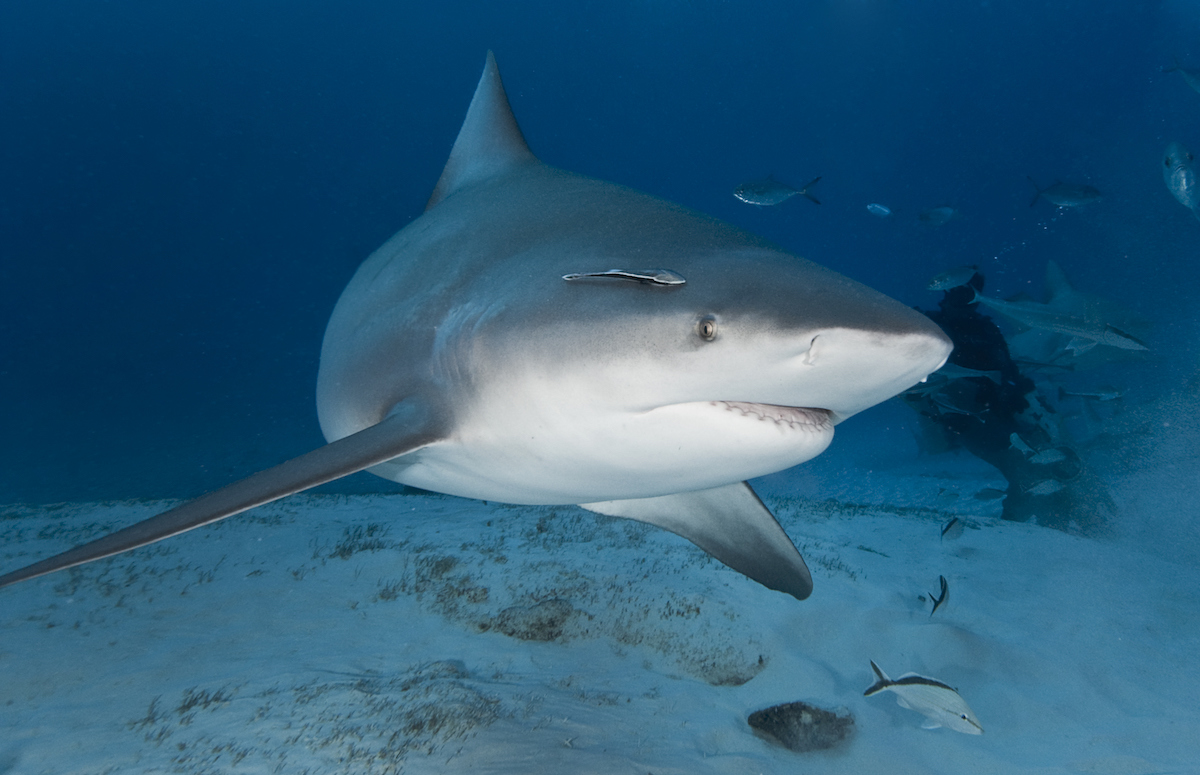

Bull Shark
These sharks live all over the place
The bull shark’s name comes from their short, blunt snout and their habit of head-butting prey before they attack, kind of like a charging bull. Yes, bull sharks can be quite aggressive. If you ever come across a shark in brackish or fresh water tributaries—it is highly likely you’ve seen a bull shark. They have been found in the Chesapeake Bay and inland rivers.
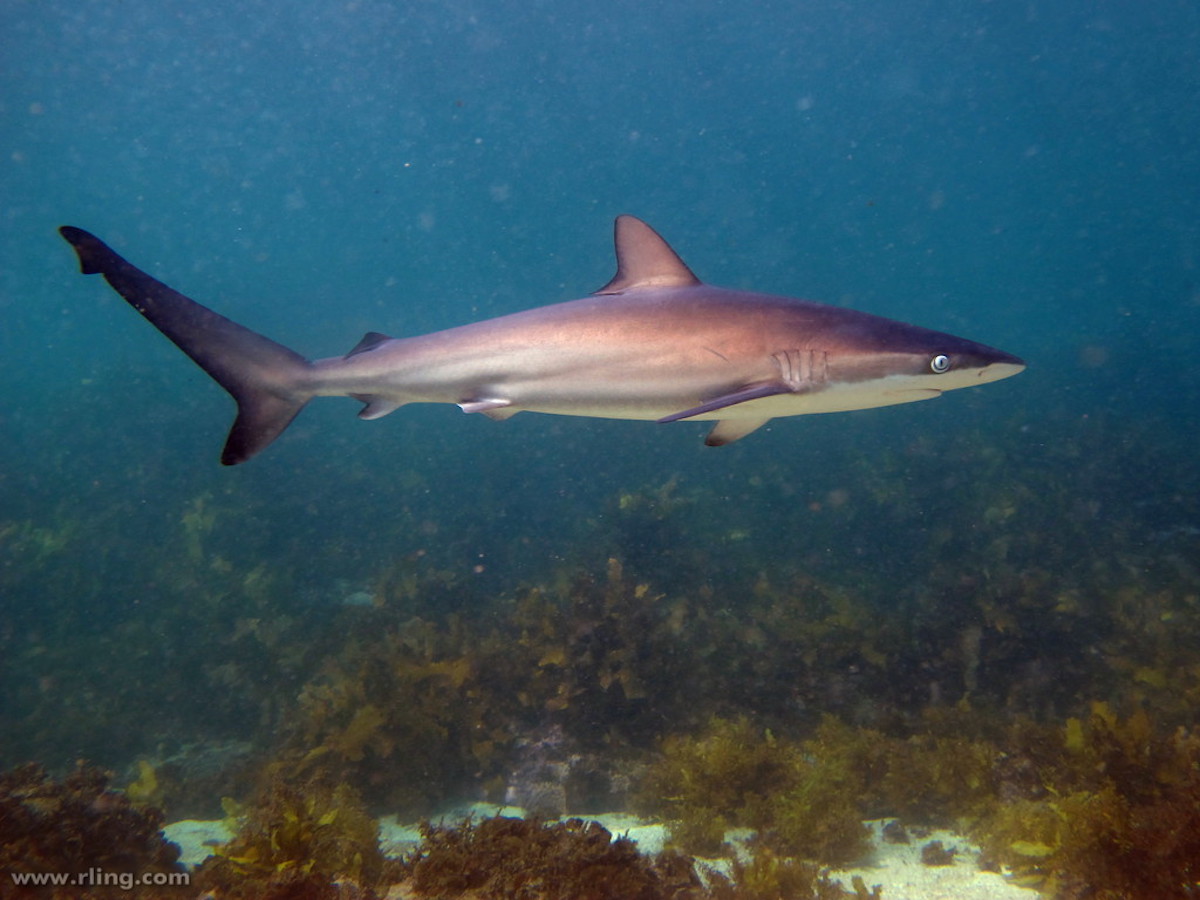

Dusky Shark
Active at night, in the deep, dark ocean
Dusky sharks are big (up to 400 pounds) ocean predators who loves to travel. You can find these sharks in tropical and subtropical oceans around the world. They make long seasonal migrations all the way from the Equator to the Poles. Dusky sharks rely on their sense of smell to find food, mates and avoid predators—as well as make my way around the ocean. These sharks are active at night in the deep, dark ocean, so their sense of smell provides critical information about my surroundings.
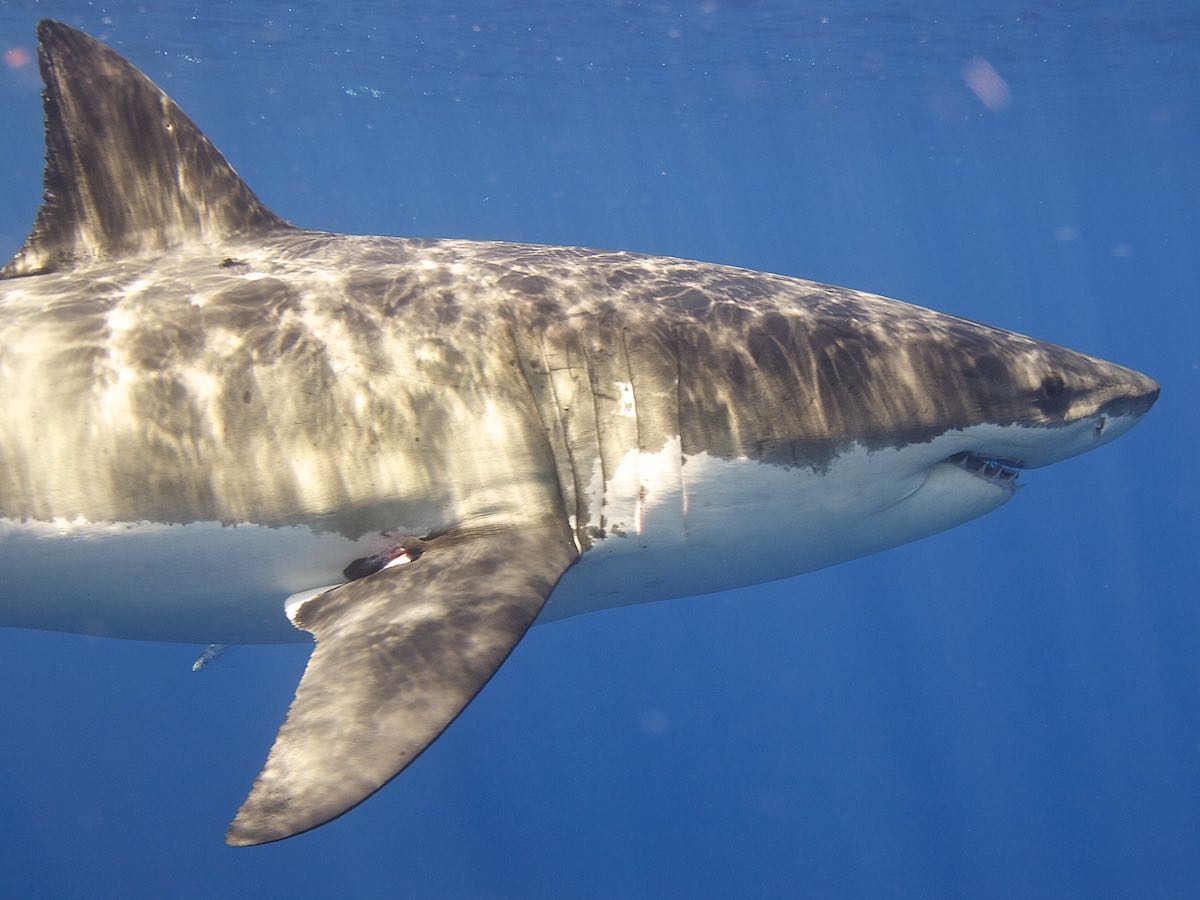

Great White Shark
The largest predatory fish in the world
The great white shark’s body was built for hunting. They have an excellent sense of smell and a winning set of sharp, serrated teeth that are perfect for capturing and tearing apart prey. They are also warm-blooded, unlike most other sharks who are cold-blooded. This lets the great white shark raise their internal temperature to the temperature of the water, which helps them have the energy to burst forward while hunting.
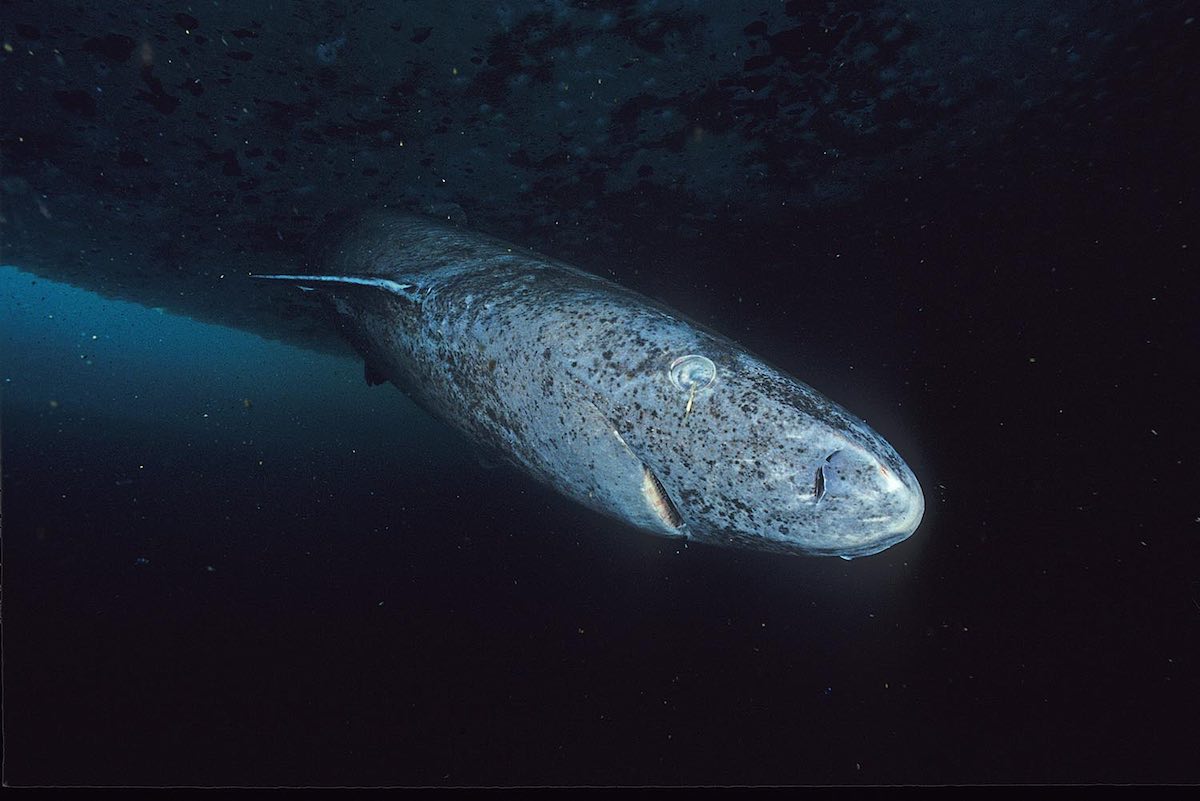

Greenland Shark
Big, old and slow
The Greenland shark is known as a “sleeper shark” because they move so slowly, especially in comparison to other sharks. Although, they feed on surprisingly speedy prey, including fish, seals, squid and seabirds. Greenland sharks recently broke a record: Scientists discovered a 400-year-old female Greenland shark, who set a new record for the oldest living vertebrate.


Hammerhead Shark
The most recognizable sharks in the sea
Hammerhead sharks have very wide-set eyes, which give them a better field of vision than other sharks. This, combined with their ampullae of Lorenzini, electoreceptors (sensory organs), means they can easily detect prey. These organs are like a sixth sense—they can find the electrical fields of prey species, even when they’re buried under the sand—watch out sting rays!


Blacktip Reef Shark
Working as a team amongst the coral reefs
While most sharks are solo hunters—blacktip reef sharks work as a team to catch prey. You’ll find them hanging out together and relying on one another to catch prey in packs. When they find a school of fish, they will circle prey into a tight ball before going in for the kill. Some researchers have found that blacktip reef sharks may actually be social creatures with close friends!
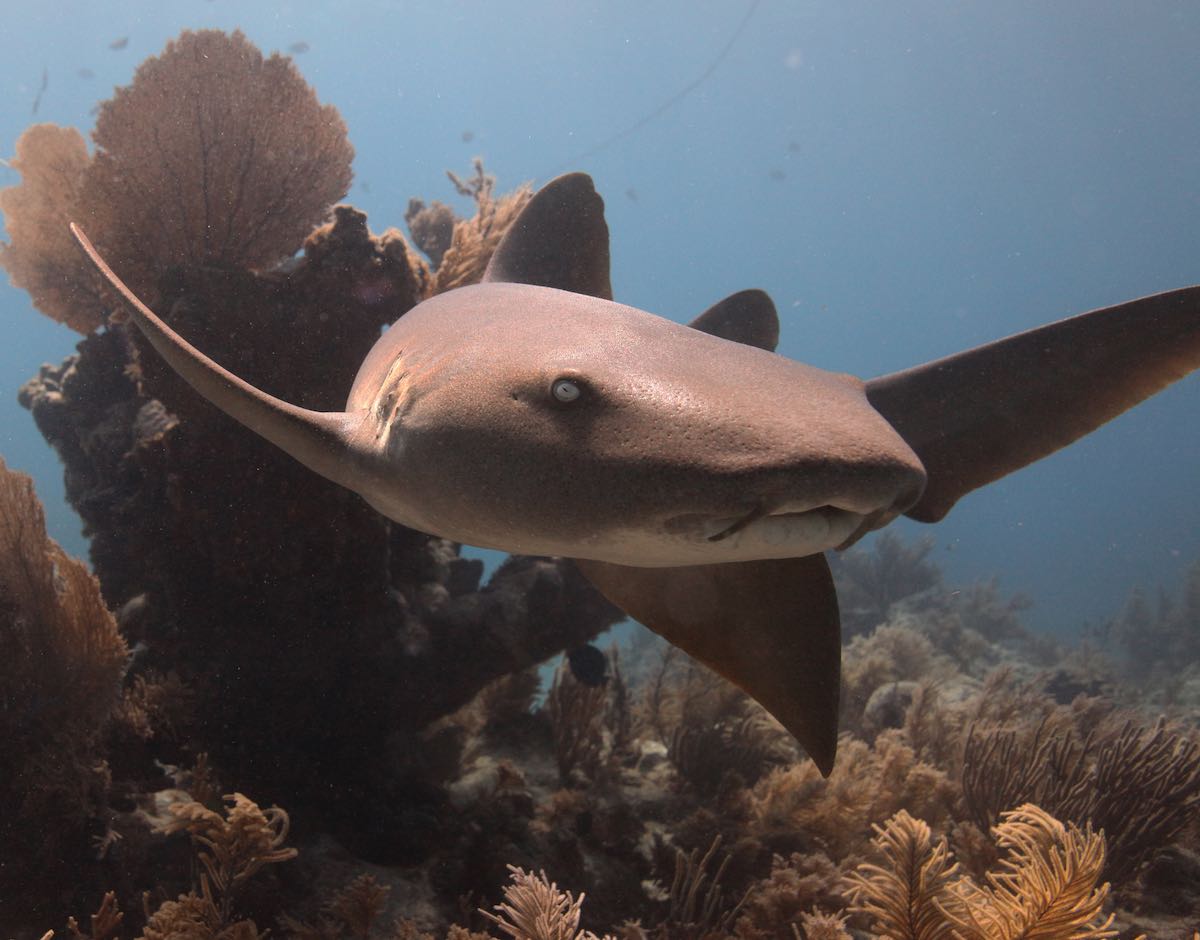

Nurse Shark
Sea-floor shark that is a complete night owl
Nurse sharks are most active in the evenings—and like to dwell on the bottom of the ocean. During the day, you can find them resting on the seafloor, sometimes in piles of other nurse sharks. But at night the nurse shark is incredibly active and roams the sandy bottom of the ocean for prey. When the nurse shark finds something to eat, they cup their mouth over the area and expand their throat, which makes a vacuum to suck the prey out of its hiding place.
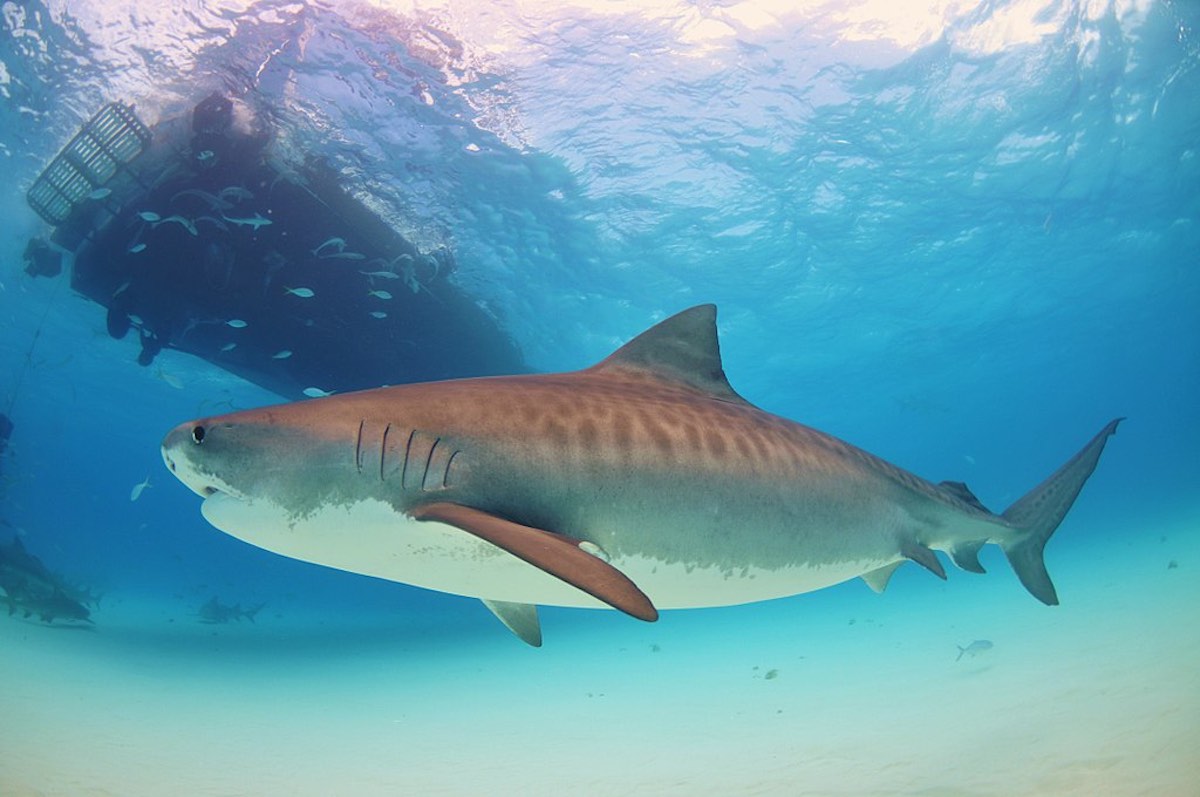

Tiger Shark
They will eat almost anything
It’s unfortunate, but tiger sharks will eat almost anything—which puts them in danger from marine debris. Tiger sharks have been found with license plates, tires and even other sharks in their stomachs. The tiger shark gets its name from their dark, vertical stripes that they only have as juveniles. As they get older, these stripes are much harder to see.
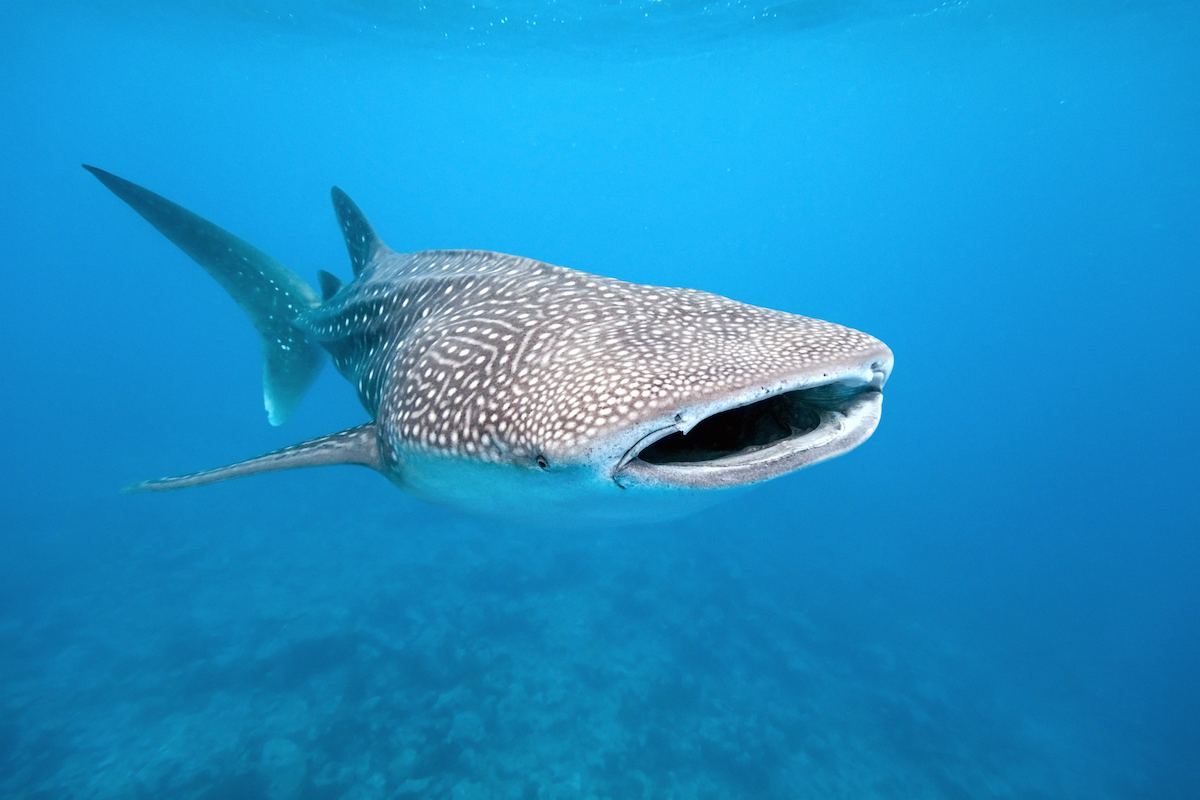

Whale Shark
The biggest fish in the world
Whale sharks are the ocean’s gentle giants. Whale sharks are found swimming around tropical climates and warm waters. You will rarely see them close to shore in shallow water—they typically spend most of their time around 150 feet below the surface. As the biggest fish in the world the whale shark can grow up to 40 feet long and weigh up to 20,000 pounds.
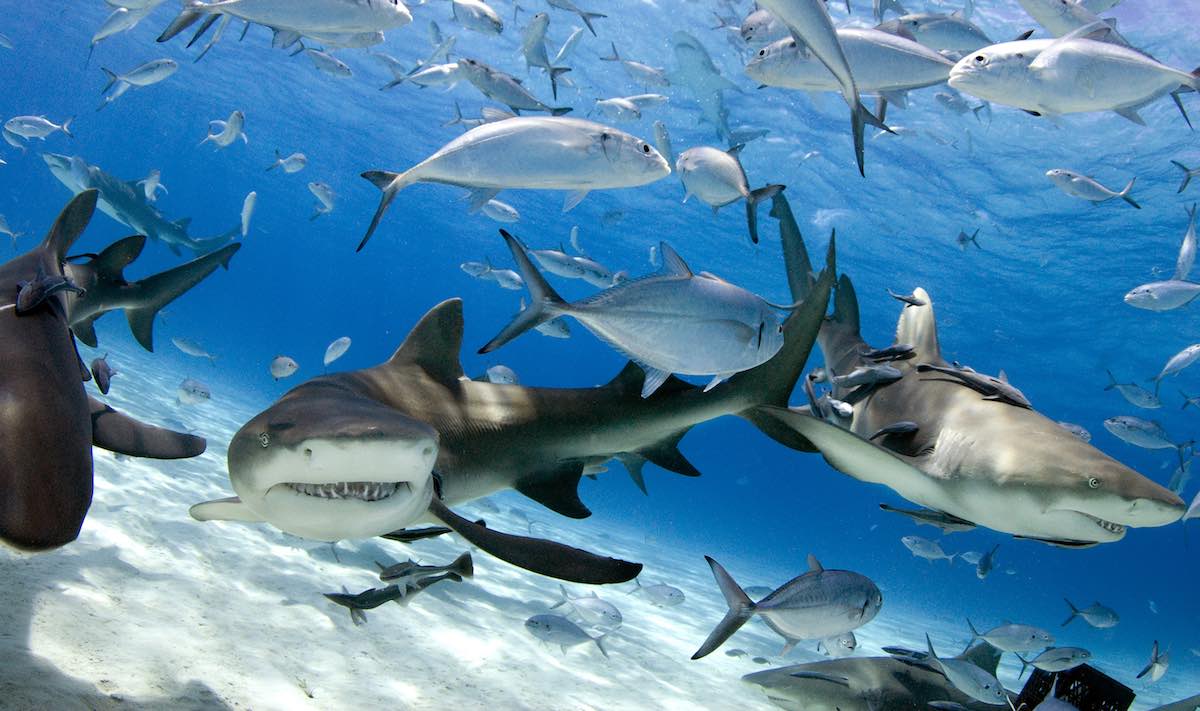

Lemon shark
Known for its distinct yellow-ish hue
The lemon shark is named for their yellow-ish hue that allows them to blend into the ocean’s sandy bottom. They spend a lot of time in the sand looking for prey, including fish, rays and crustaceans. They have very few predators because of their large size—they can grow up to 10 feet long. Lemon sharks, especially juveniles, like to spend time in mangrove habitats. Mangroves have thick roots, which are perfect for hiding for predators, and are also home to lots of prey.
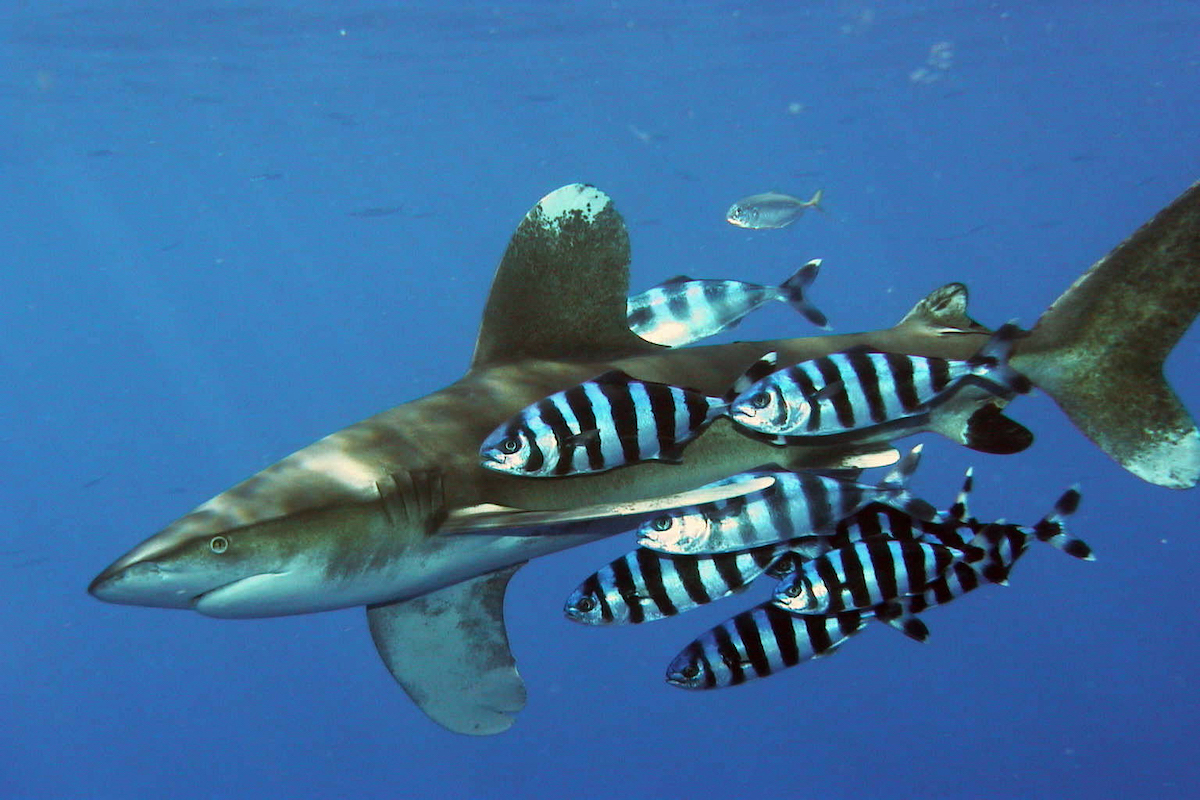

Oceanic whitetip shark
Top predator in the open ocean
The oceanic whitetip shark is one of the top predators in the open ocean—easily recognized by its white-tipped fins. These sharks need to be on the move—constantly. Unlike some other sharks, they are unable to pump water over their gills, so they need to keep swimming so oxygen-filled seawater can wash over their gills.
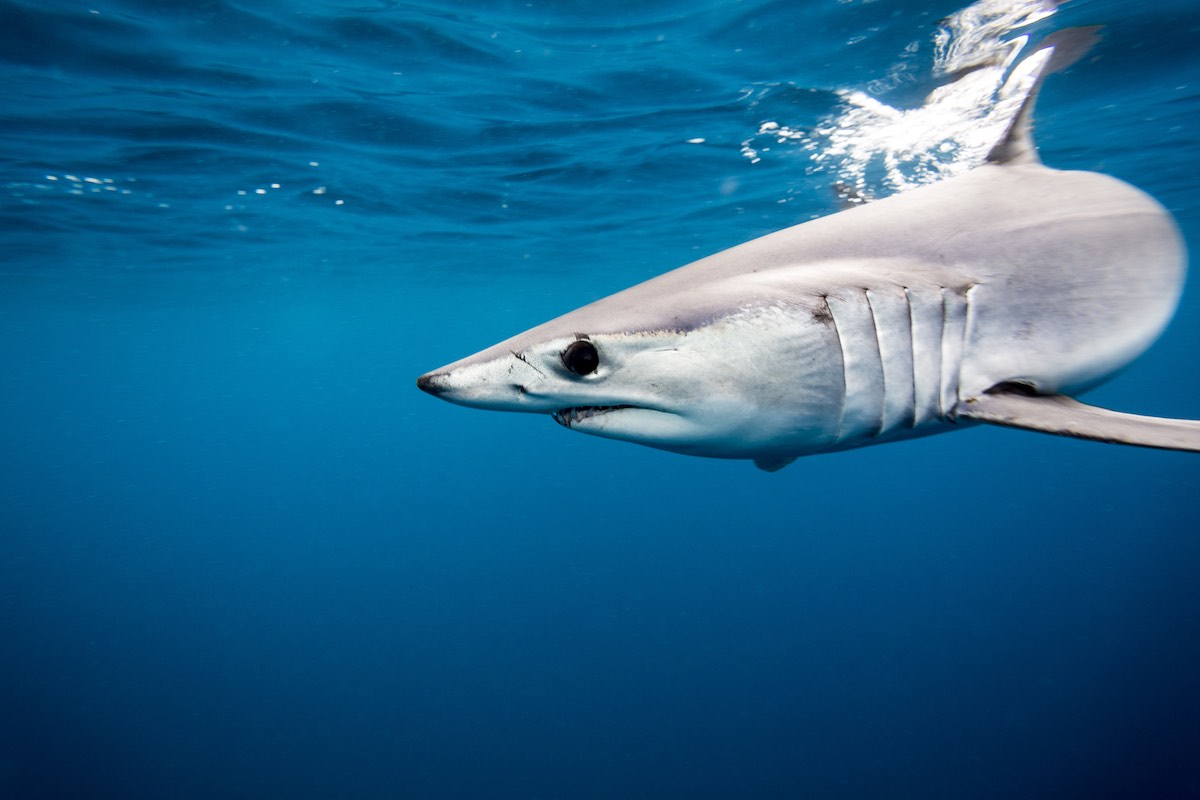

Shortfin mako shark
Speed demon in the ocean
Swimming at speeds of up to 45 miles per hour—the shortfin mako shark is a speed demon in the ocean. Their speed has made them a prized catch for sportfishers. These sharks are known to fight hard and jump out of the water when hooked, which means people see fishing for the mako shortfin shark as a desirable challenge. Even if people aren’t specifically trying to catch these sharks, they often can get entangled in longline fishing gear as bycatch. The shortfin mako shark were recently reclassified from “Vulnerable” to “Endangered”, which means their populations are declining and are at heightened risk of extinction.
Take Action to Protect Sharks
Sharks may be the ocean’s top predators, but there is one predator that they cannot out swim—trash and marine debris in their environment. Will you help us create safe places for sharks in the ocean—free from marine debris and trash?
Congress is taking on the issue of marine debris with the recent introduction of a new bill called the Save Our Seas 2.0 Act. Congress has the power to take an important step forward in the fight to combat the growing marine debris crisis.
Will you take action and tell your Senators to support this legislation? Take action today.
Help Protect Sharks
Sign up for our emails
The post 12 Sharks You Should Know appeared first on Ocean Conservancy.
Read the full article at: https://oceanconservancy.org/blog/2019/07/29/12-sharks-to-know/


